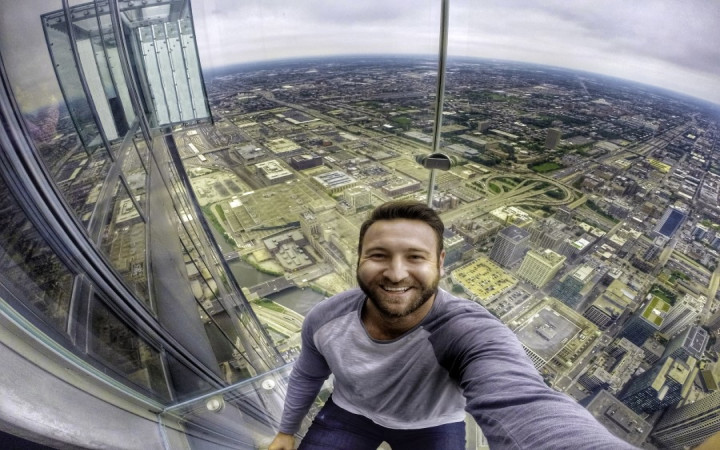What's the scariest ride at the amusement park? For many, that's an easy answer: the roller coaster. Its speed combined with twisting turns and upside-down loops make for a thrilling and sometime chilling ride.
For some, however, the scariest ride actually moves quite slow and doesn't make any sharp turns. Instead, it lazily turns in a circle over and over again. What are we talking about? The Ferris wheel, of course!
If you're WONDERing how in the world anyone could find the Ferris wheel scary, then you probably don't have acrophobia. Acrophobia is an extreme fear of heights, and it's actually one of the most common phobias in the world.
People with acrophobia would be terrified to find themselves stuck at the top of a tall Ferris wheel. How terrified? The effects of acrophobia can range from mild nausea and dizziness to extreme emotional trauma that can manifest as a panic attack.
Not all people with acrophobia react the same way in all situations. For some, their phobia might not kick in unless they find themselves on top of a skyscraper or at the edge of a cliff with a steep drop-off. For others, though, climbing up a ladder or a flight of stairs might create a feeling of panic.
If you feel a bit of discomfort standing at the edge of a tall cliff, you don't necessarily have acrophobia. Many people experience some feelings of unease in such situations. The term acrophobia is usually reserved for people who have extreme reactions to heights.
For some people with acrophobia, the phobia can have a profound impact on their lives. People with extreme acrophobia might not want to leave their homes for fear of encountering unexpected heights that could trigger a panic attack. Other people avoid flying or working in skyscrapers because of their phobia.
Scientists do not know for certain what causes acrophobia. Some believe it is related to traumatic incidents involving heights during childhood. Other researchers, however, believe it may be a trait people are born with that's related to their internal sense of balance. People born without a natural sense of balance may be more inclined to experience dizziness, nausea, and panic when confronted with heights.
Like any other phobia, acrophobia can be treated with a variety of different types of therapy. The most common therapy for acrophobia is called exposure therapy. This involves slowly exposing someone to heights in a carefully-controlled environment.
The hope is that, over time, the person will become desensitized to these situations, so that they can encounter heights in the future without panicking. Other treatments might include meditation or medications.




